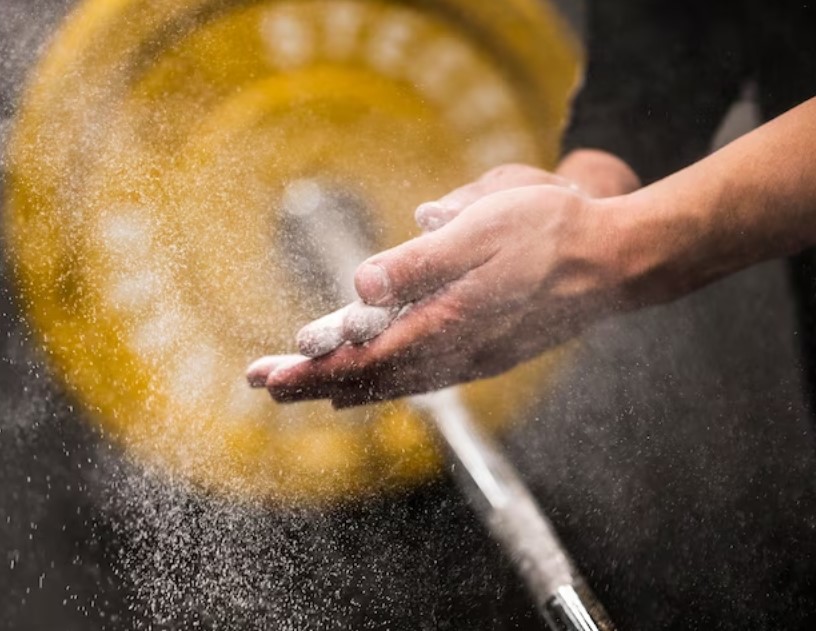Weightlifting is not just about sheer muscle power. It is also about precision, technique, and the right equipment. The tools and gear involved in weightlifting help athletes enhance performance, maintain technique, and safeguard against injuries. Understanding the different components of weightlifting equipment is essential for anyone serious about engaging in this sport.
Barbell breakdown
At the core of weightlifting equipment is the barbell. It is a long metal bar with weights attached at each end. The standard Olympic barbell for men weighs 20 kilograms. It is about 2.2 meters long, with a diameter of 28 millimetres. At the same time, the women’s version is slightly lighter and thinner to accommodate different grip sizes.
The design of the barbell includes rotating sleeves. They help minimize the torque the weight creates, allowing for smoother and safer lifts.
Weights and plates
Weights, often in the form of bumper plates, come in various sizes. They are typically made from dense rubber. This construction allows for the barbell to be dropped from overhead without risk of damage to the floor or the equipment.
These plates are colour-coded according to international standards. This feature makes it easy to quickly identify the weight during training or competition.
Essential racks and platforms
Racks serve as a support for barbells between lifts. They allow athletes to load, unload, and rest the bar at an accessible height. Platforms provide a designated space for lifting. It offers a stable, flat surface that can withstand the force of dropped weights.
The use of platforms also delineates a safe area for the lifter, keeping the activity contained and reducing the risk of injury to others.
Supportive gear: belts, wraps, and straps
Supportive gear features lifting belts that wrap around the waist. They help support the lower back, lower the chance of getting hernias, and promote good lifting posture.
Knee wraps and wrist wraps offer joint support, reducing strain and helping to prevent injuries. Lifting straps help the lifter hold onto the barbell. They are helpful during pulling exercises and when the hands get tired before the muscles do.
Shoes
A key component often overlooked by novices is the weightlifting shoe. These shoes are not just trainers. They have a raised, solid heel, which helps athletes achieve greater squat depth and maintain balance.
The non-compressible sole ensures that no energy is lost during the lift. The metatarsal straps provide additional foot stability, reducing the risk of slips or shifts within the shoe during a lift.
Conclusion
Equipping yourself with the correct weightlifting gear is a significant step toward achieving your strength goals. It is vital to buy good equipment that can handle heavy lifting and improve your performance. Aspiring weightlifters should make smart decisions when selecting their gear.
Are you ready to start your weightlifting journey? Arm yourself with the right gear for success and step confidently onto the platform. The right equipment awaits to transform your performance. Embark on your path to strength and greatness today!


Leave a Reply